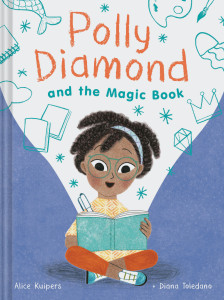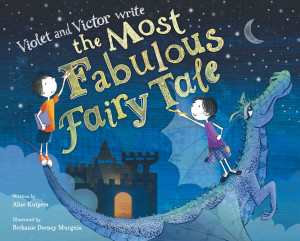Description doesn’t have to be dull
I would hurl words into this darkness and wait for an echo, and if an echo sounded, no matter how faintly, I would send other words to tell, to march, to fight, to create a sense of hunger for life that gnaws in us all. ~Richard Wright, American Hunger, 1977
So here’s a description to make your senses come alive. Richard Wright uses his writerly powers and his imagination to describe the process of writing and the need each writer has to get words out. But when I say, ‘Could there be a little description, could you give me a little more?’ to a writer who brings me their work, often they tell me that: ‘Description is boring. I don’t know how to do it.’
So, here are some tips on how to find your own powers of description so that the images you have in your brain manage to make the transition to the page and ultimately to your reader.
1- Try not to mix metaphors. If you’re writing that a garden is like a bombsite, destroyed and blackened, don’t then go on to tell me it’s like a ruined castle, crumbly and mysterious. See how the two images work against each other, making it impossible for anyone to see what the garden actually looks like? Similarly, if you say, ‘He ran as if he were being chased, each step light as if he ran on air,’ can you see how tricky it is to picture the man running? Stick with the being-chased metaphor OR with the running-on-air idea.
2- Try and avoid cliches. Sure, when you first get the ideas on the page you might need to use the odd cliche just to keep the momentum going. But in the rewriting, stop and notice hackneyed old phrases. If you’ve written: She sang like a bird… then you know you’ve used a phrase you’ve heard somewhere else. Try and let your voice come through – find a new way to say it, imagine what her singing actually sounds like, listen to real singers. Every word counts in a final draft.
3- Use all your senses. Make your work come alive by letting every neuron in your reader’s body participate in the reading. Appeal to their ears, their eyes, their noses, their tongues, their fingers and in doing so, create the world anew on the page.
4- Practice. Sit outside one day (not, perhaps, if it’s snowing) and describe what you actually see and feel and smell and hear. This is like still-life drawing. When I was younger, my art teacher said, ‘Draw what’s really there, not what you think is there.’ This is so true it bears thinking about for writing. When you’re describing a sunset, you’ll find new ways to think about it if you actually sit with a pen and paper during a real sunset. Ideas will come to you, words and sensations will appear on the page that you didn’t conjour up just in your head. Sure, your imagination can do a good job, but feed it with regular practice and your imagination will do more than a good job: it’ll excel.



















